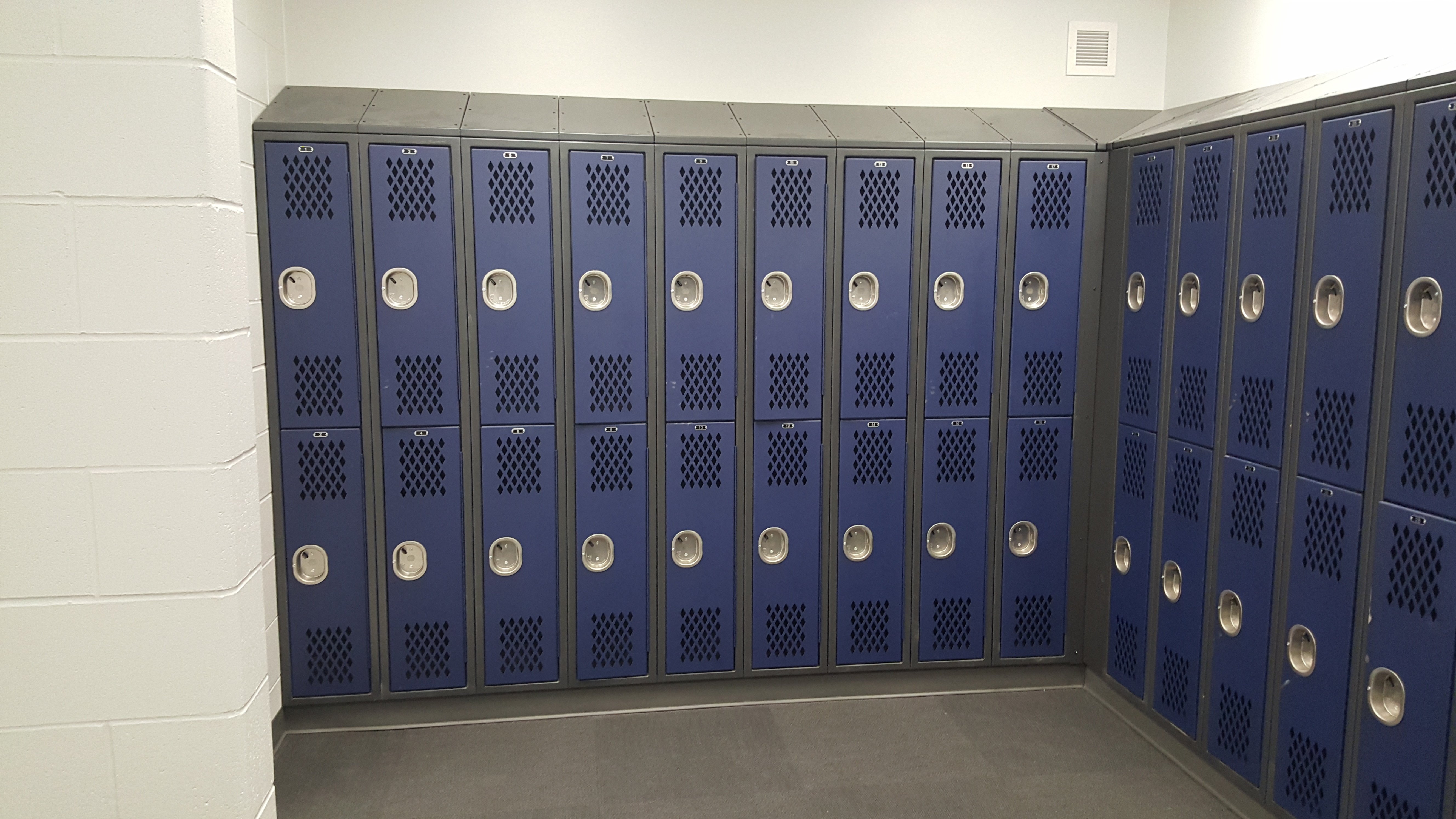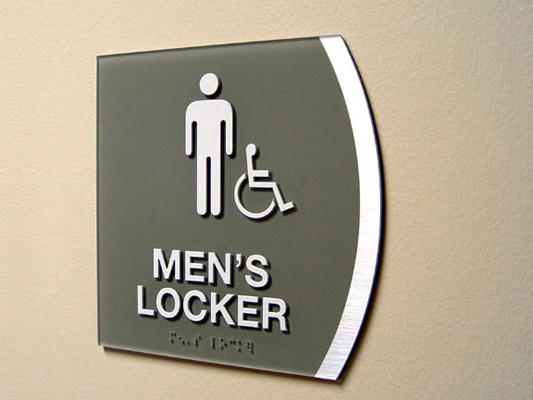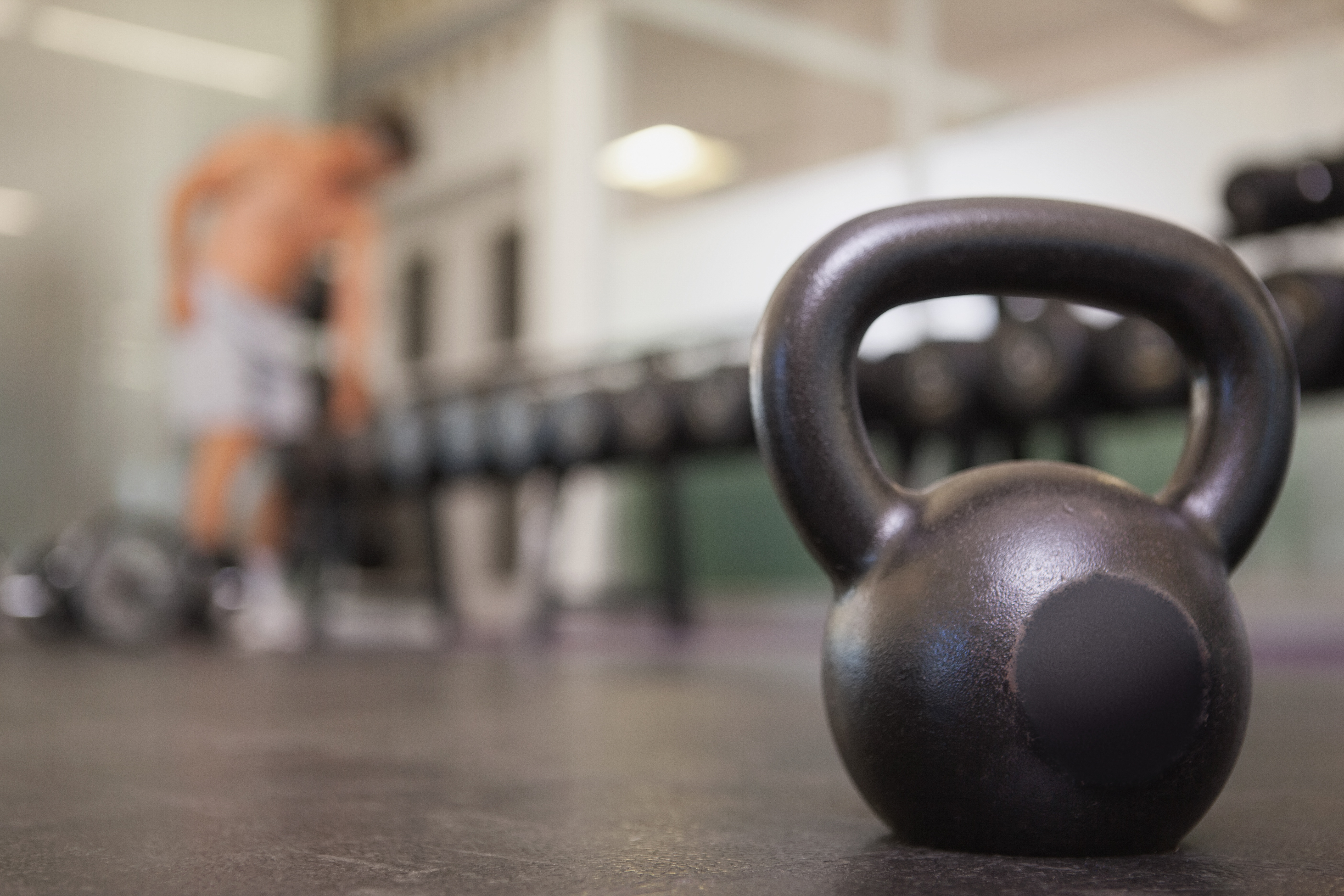How Lock Technologies Are Making Life Easier in Locker Rooms
With more athletic facilities incorporating new technologies, it's no surprise to find that locker rooms are following suit--namely, through lock technologies.
Code-based mechanical and electronic lock mechanisms are quickly becoming standard in shared-use locker settings, maximizing the number of lockers available for users.These new locks are available in two models: electronic and mechanical: 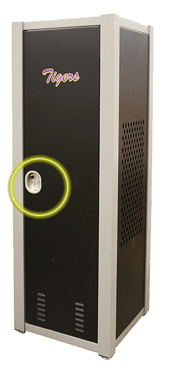
- Electrical locks run on batteries (necessitating battery changes about every two years) but allow the use of electronic management keys in the event a user forgets his or her code. They can also warn a user once a certain number of false codes have been entered and deny access. Facilities can also program locks to use a code to open and a code to close lockers. More sophisticated models can even interface with cell phones or RFID chips embedded in membership cards, key fobs or bracelets. On the whole, electronic locks are up to three times more expensive than mechanical locks.
- Mechanical locks don't require the fuss of changing batteries and typically featured number dials and push buttons. Although more expensive, mechanical locks can also come with a master key in the event a user forgets his or her code.
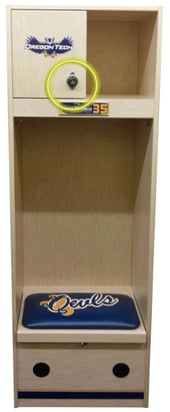
Combination padlocks, keys, bolt cutters -- they're all getting harder to find in athletics, fitness and recreation locker rooms these days. That's because code-based mechanical and electronic lock technology has made life easier for both locker users and facility managers, if a little less lucrative for local locksmiths.
"Twenty years ago, you had guests either getting assigned a key at a key desk or bringing a padlock into the locker room," says Julie Advocate, vice president and CFO of Digilock, which introduced electronics to locking mechanisms in 1992. "Now, there are a whole lot of electronic solutions out there that basically allow the user's experience to be hassle-free. They can walk in and enter their code without having to carry anything. Management doesn't have to manage anything."
Locks programmed with the user's numeric code of choice make particular sense in shared-use locker settings, such as health clubs or recreation centers that have more members than available lockers -- which is the vast majority of them. "The shared-use style of lock allows members to come in, select any available locker and punch in their own self-selected four-digit code," says Doug Greene, general manager at Zephyr Lock. "When they come back, they punch in that same coe, the lock opens up, they grab their belongings, and the lock then erases that code, making that locker available to the next user. It helps a facility maximize the number of available lockers that it has for its users."
This article excerpt, by Paul Steinbach, originally appeared here.

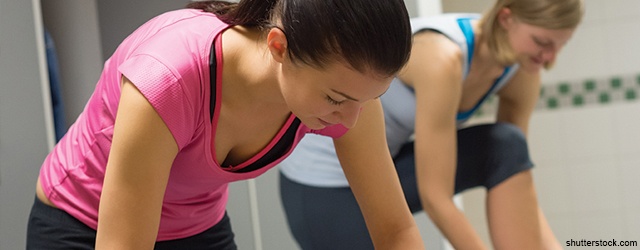

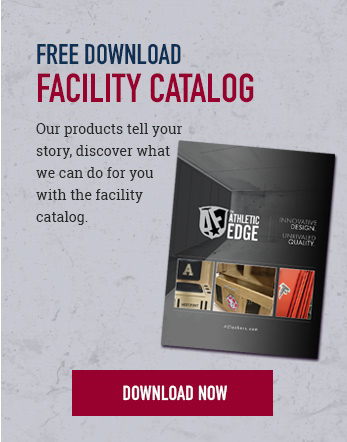
.webp)
